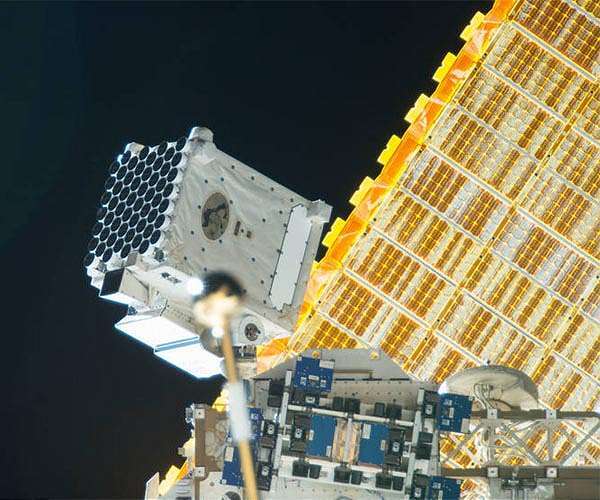23.04.2024

NASA has scheduled a spacewalk to repair the Neutron star Interior Composition Explorer (NICER), an X-ray telescope aboard the International Space Station, later this year. This marks the fourth instance of astronauts servicing a science observatory in orbit.
In May 2023, the NICER team identified a significant issue-a light leak allowing sunlight to penetrate and affect the telescope's sensitive detectors. Immediate measures were taken to minimize observational disruptions, and plans for a more permanent fix began to unfold.
"Sunlight significantly hampers NICER's capacity to gather critical X-ray data during the station's daytime cycles," explained Zaven Arzoumanian, the science lead at NASA's Goddard Space Flight Center. He added, "Although nighttime operations remain unaffected, and the telescope continues to support robust scientific research, sealing off the light ingress will restore our around-the-clock operational capability."
Arzoumanian detailed these corrective measures at a recent presentation at the High Energy Astrophysics Division meeting of the American Astronomical Society in Texas.
Situated near the station's inner starboard solar panels, NICER's strategic placement enables it to survey the X-ray universe. The observatory's focus includes phenomena like neutron stars and black holes, enhancing our understanding of cosmic matter and gravity. Additionally, since 2017, NICER has supported the SEXTANT project, which tests the feasibility of using neutron stars as navigational aids in deep space exploration.
The telescope comprises 56 aluminum X-ray concentrators, each equipped with a set of mirrors designed to channel X-rays into a detector. A thermal shield prevents sunlight from entering, while a sunshade atop the concentrators helps maintain operational temperatures. The observed light leak, caused by minor damage to some shields, remains under investigation for its origins.
Keith Gendreau, NICER's principal investigator, remarked, "Originally, NICER wasn't intended for in-mission servicing. It was installed via robotic means and is operated from the ground. Developing a repair strategy presented a unique challenge. After extensive deliberation, we opted for a spacewalk over a robotic repair, utilizing existing tools on the space station."
NASA's repair strategy involves inserting pie-shaped patches into the sunshades over the damaged areas. These wedges, designed to be compatible with a standard T-handle tool available to astronauts, aim to provide a straightforward yet effective solution.
Steve Kenyon, the mission's mechanical lead, emphasized, "While the mechanical design of the patches is relatively simple, the execution of repairs in space involves complex procedures. We've conducted extensive testing to ensure the repair's effectiveness and safety for both the astronauts and the station."
The necessary repair components are set to be sent to the space station on Northrop Grumman's upcoming 21st commercial resupply mission. The spacewalk to install these patches will be part of a series of tasks planned for that expedition.
As part of NASA's Explorers Program, NICER is an Astrophysics Mission of Opportunity, aiming to facilitate rapid scientific studies from space. It also works in concert with JAXA's MAXI experiment, allowing immediate observation of celestial events, thus broadening our scientific horizons.
Quelle: SD
